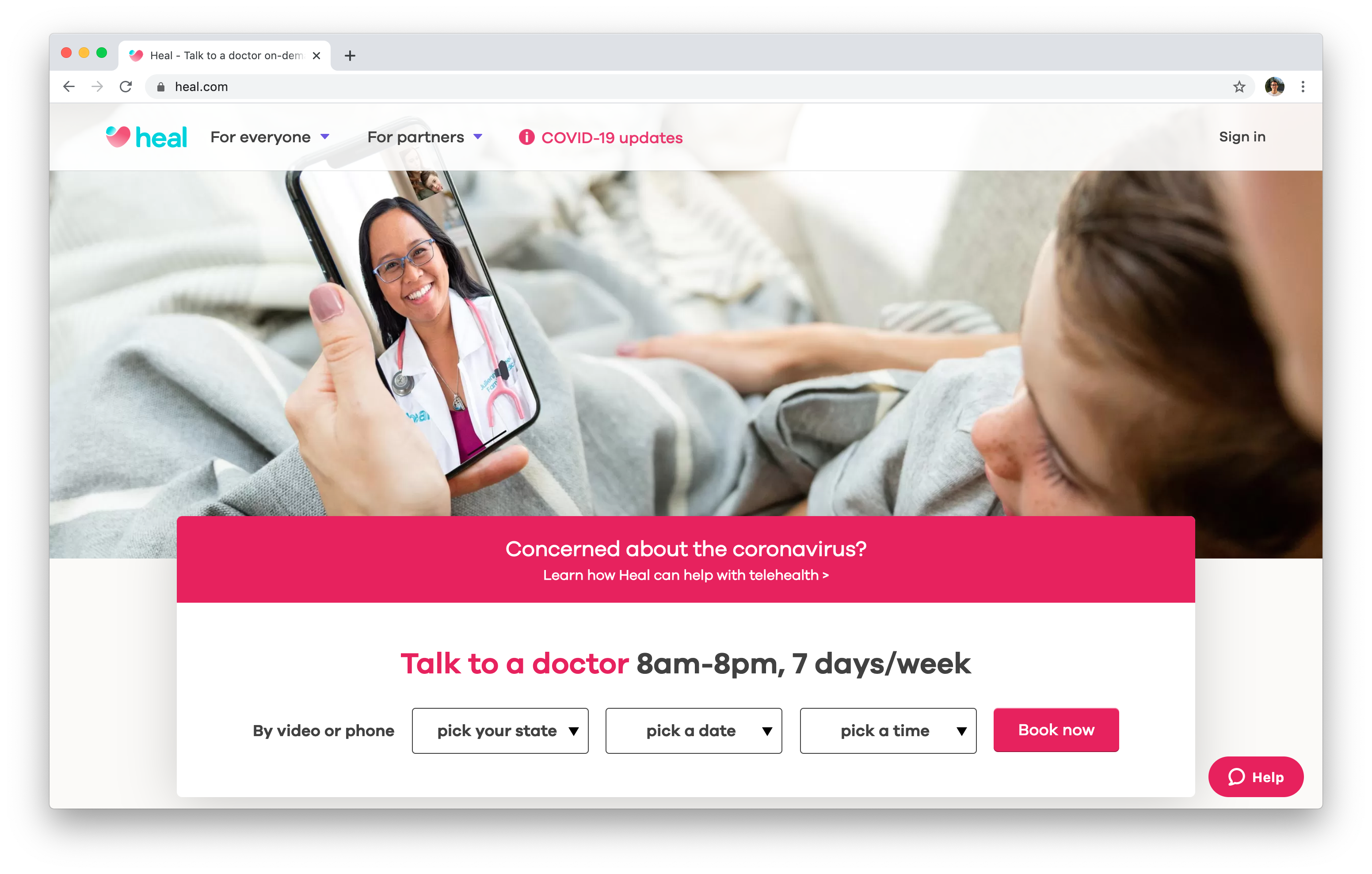The Surge of Subscription-Based Medical Care and Its Influence On Patient Care
As medical care develops, the subscription-based design is acquiring traction, guaranteeing to revolutionize client treatment by using predictability and ease of access. These versions, which bypass standard insurance, could redefine the patient-doctor dynamic, emphasizing precautionary and individualized treatment. Yet, similar to any type of advancement, they provide obstacles, specifically concerning equitable accessibility for all socioeconomic teams. The potential for these designs to reshape healthcare delivery increases pressing questions concerning their lasting sustainability and inclusivity. Are these registration solutions the future of health care, or do they run the risk of leaving susceptible populations behind? The details of this change warrant a better examination.
Understanding Subscription Healthcare Designs
Understanding the principle of membership health care designs includes examining a transformative strategy to medical solutions that stresses affordability and accessibility. These designs, usually referred to as direct health care (DPC) or attendant medicine, have become ingenious alternatives to traditional fee-for-service health care systems. Subscription medical care permits people to pay a set regular monthly or annual cost for a defined collection of clinical solutions, which may consist of unrestricted workplace visits, regular exams, and basic lab examinations, without the need for standard insurance billing.
The framework of subscription health care designs is developed to enhance person treatment by eliminating third-party payers and complex invoicing codes, thus lowering administrative burdens. Health care providers can focus more on person treatment, promoting more powerful patient-provider connections. This version additionally advertises preventative treatment by motivating routine check outs, as the monetary challenge of per-visit fees is gotten rid of.
The registration version often encourages healthcare suppliers to handle smaller sized patient panels, enabling for even more individualized treatment. It aligns economic motivations with client health and wellness end results, as carriers are encouraged to preserve person satisfaction and health. On the whole, comprehending membership healthcare versions calls for recognizing their potential to reshape how treatment is provided and accessed.
Benefits for Companies and individuals

With a steady profits stream, healthcare experts can devote even more time to each individual, leading to a much more extensive and personalized treatment experience. The emphasis on preventive care within registration strategies can lead to much better person outcomes and lowered long-term medical care expenses.
Difficulties and Concerns
While subscription-based medical care designs existing numerous benefits, they additionally come with a collection of difficulties and worries that need to be addressed. First, ease of access remains a considerable concern, as these models commonly target people that can afford regular monthly costs, potentially excluding low-income populations. This raises moral inquiries concerning equitable accessibility to healthcare solutions. In addition, the diverse nature of registration strategies can lead to confusion among clients relating to insurance coverage specifics, potentially leading to unmet expectations or insufficient treatment.
Financial sustainability of subscription-based models is an additional concern. Carriers must stabilize the fixed revenue from registrations with the variable prices of healthcare services, which may vary because of unpredicted medical demands. This can produce pressure to limit solutions or rise costs, potentially affecting client complete satisfaction and care quality.
Moreover, governing oversight of subscription-based medical care models is still progressing. Resolving these obstacles is essential for the effective and fair application of subscription-based medical care.
Effect On Patient-Doctor Relationships
One substantial influence of subscription-based medical care models on patient-doctor connections is the possibility for improved connection and customized care. By embracing a membership model, medical professionals can take care of a smaller patient panel, permitting more dedicated time with each individual. This boosted availability promotes a deeper understanding of a person's clinical background, way of living, and preferences, enabling much more tailored treatment plans and interventions.

Nevertheless, it is very important to recognize that while subscription-based versions might benefit those who can manage them, they can accidentally widen healthcare differences. Clients who are unable to join these designs might experience lower accessibility to personalized treatment, potentially influencing their connections with Check Out Your URL healthcare providers. Therefore, while the subscription design uses promising advantages for patient-doctor partnerships, it also postures difficulties that require to be resolved to guarantee equitable health care accessibility.
Future of Health Care Accessibility

The duty of technology can not be other forgotten in this makeover. Telemedicine platforms and electronic health documents promote seamless communication between individuals and healthcare suppliers, damaging down geographical and logistical barriers. Furthermore, developments in expert system and information analytics can better individualize medical treatment by anticipating individual requirements and enhancing therapy plans.
Nevertheless, the future of healthcare accessibility additionally offers obstacles, such as guaranteeing equity across different socio-economic teams. Policymakers and medical care service providers need to work together to connect the digital divide, guaranteeing that subscription-based versions stay inclusive and cost effective. As these systems develop, they hold the pledge of making health care much more available, efficient, learn this here now and patient-centric.
Conclusion
Subscription-based medical care models are reshaping patient care by giving a secure cost structure and improving accessibility. The rise of subscription-based medical care encourages proactive client interaction, which has the possible to improve patient outcomes and fulfillment, signifying a transformative change in medical care distribution.
As healthcare develops, the subscription-based design is acquiring traction, guaranteeing to transform patient treatment by using predictability and availability.Subscription-based medical care versions provide distinctive benefits for both service providers and individuals, enhancing the overall health care experience.As health care systems evolve, the future of medical care gain access to regularly pivots on the combination of cutting-edge models and technologies.Subscription-based medical care versions are improving client care by providing a stable expense framework and improving access. The surge of subscription-based health care motivates positive client involvement, which has the possible to boost individual outcomes and contentment, signaling a transformative shift in health care shipment.